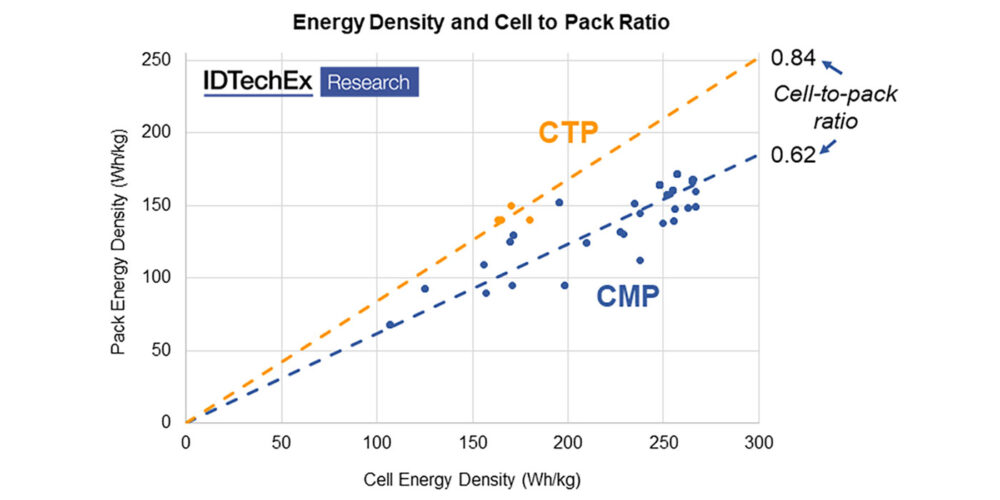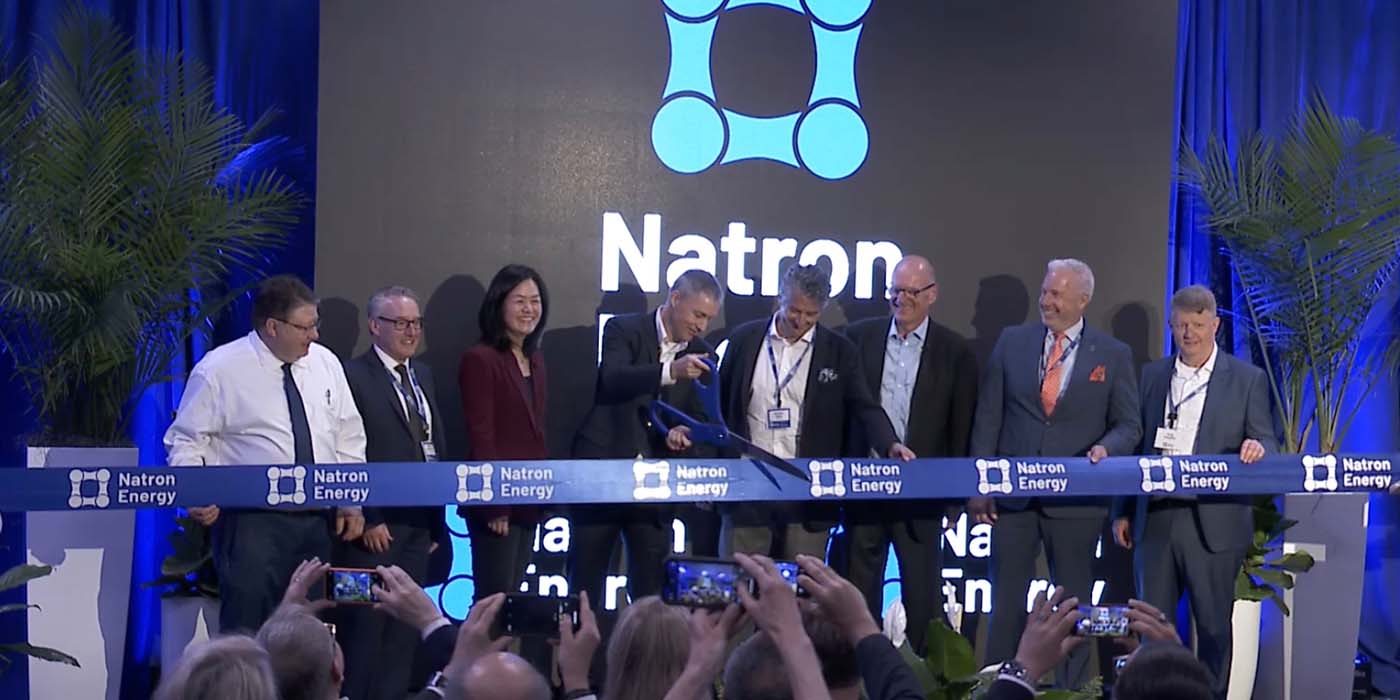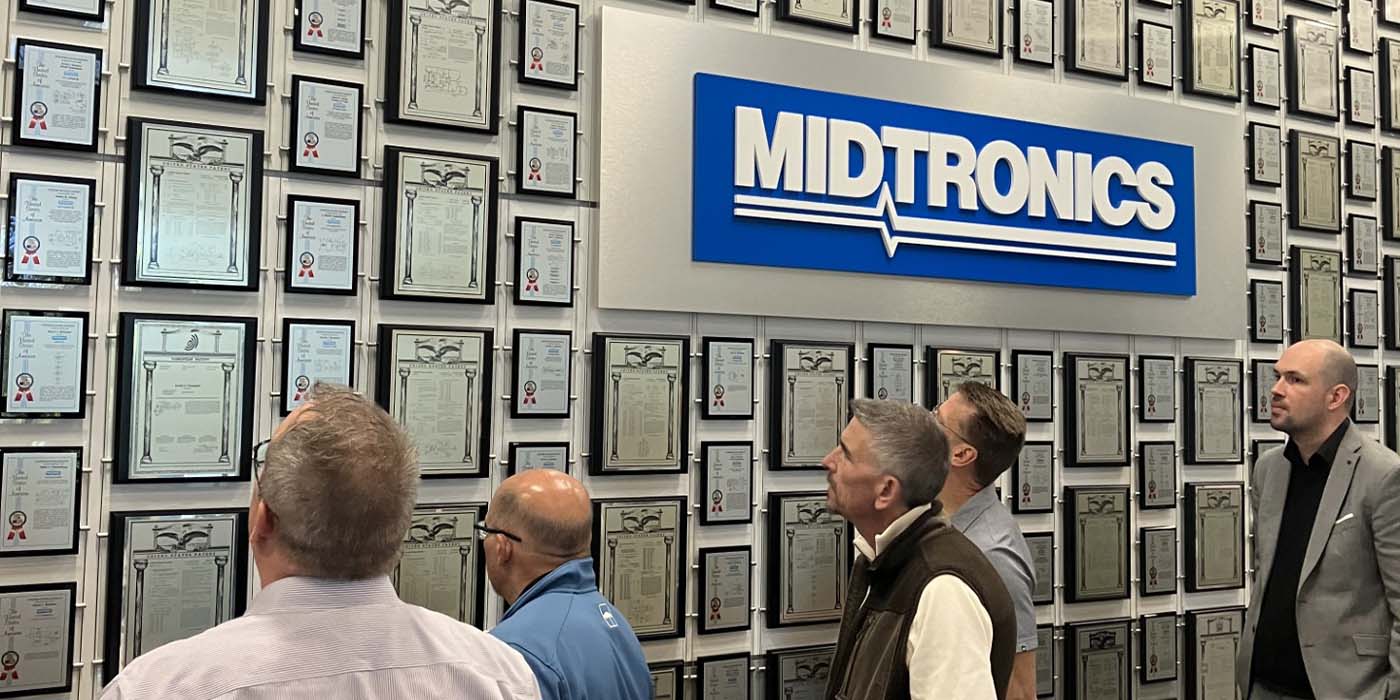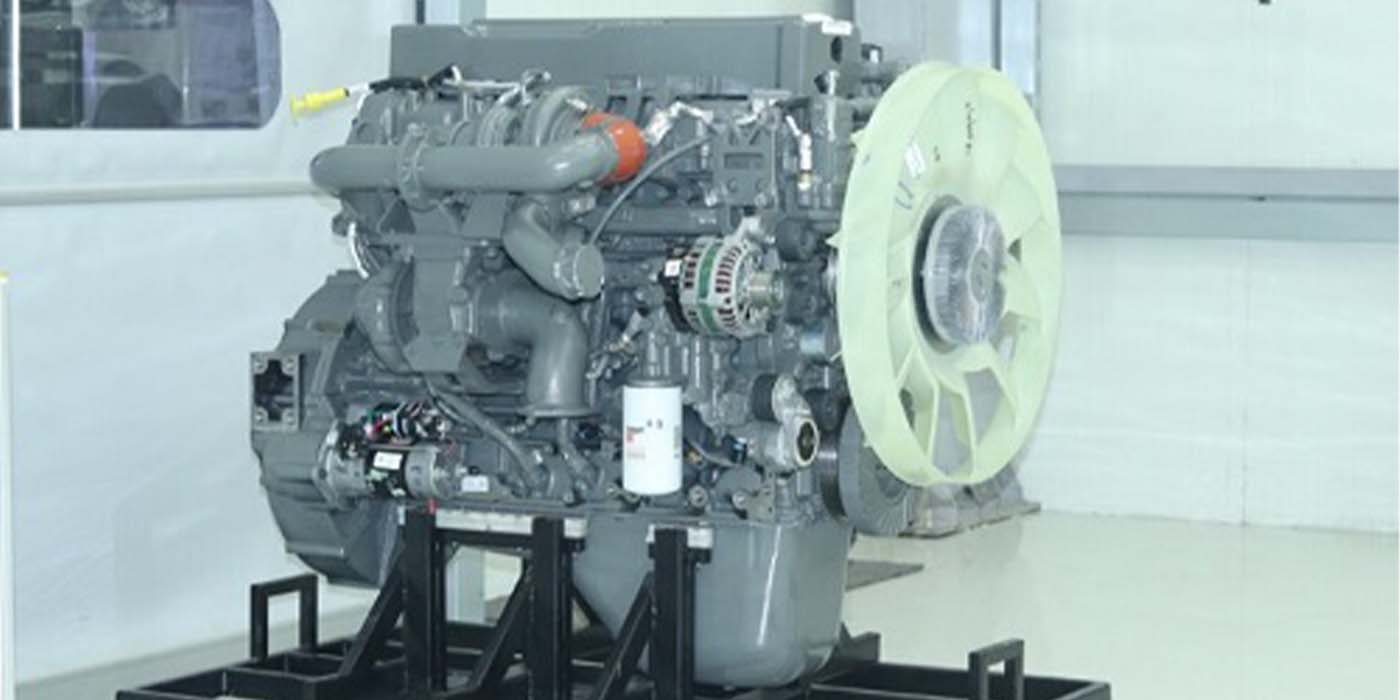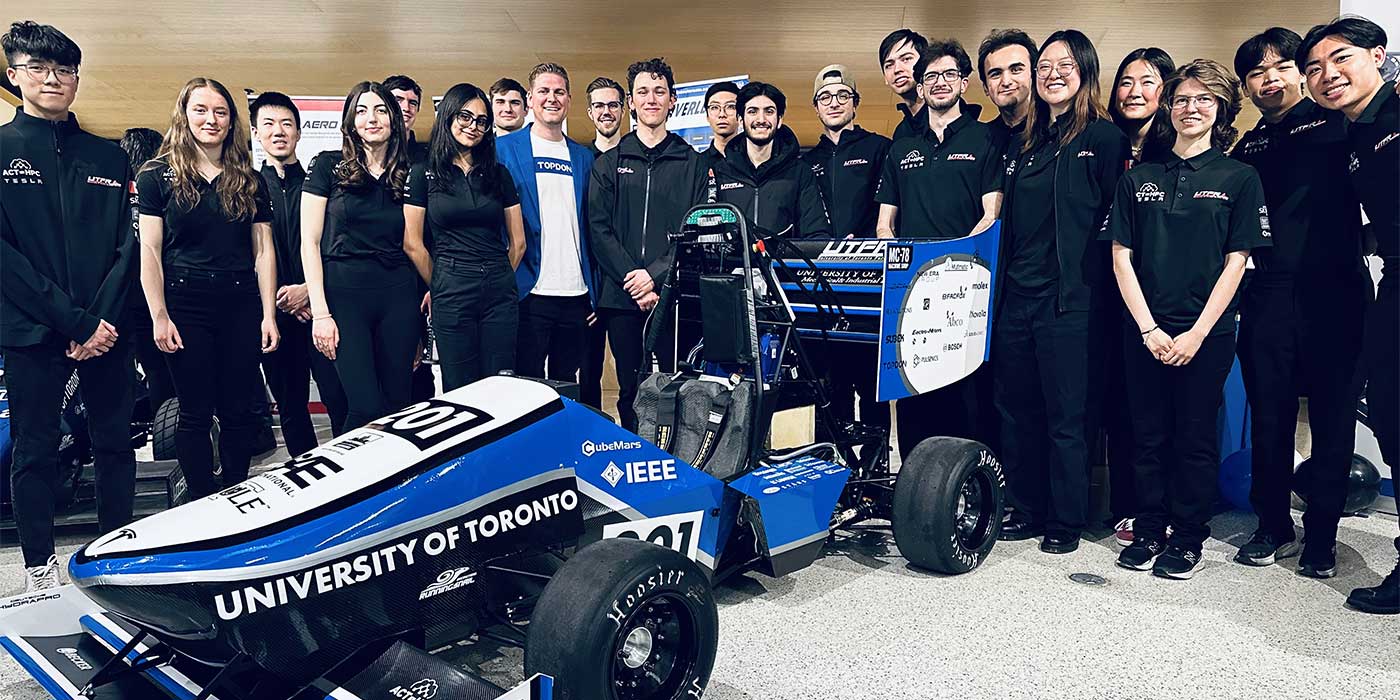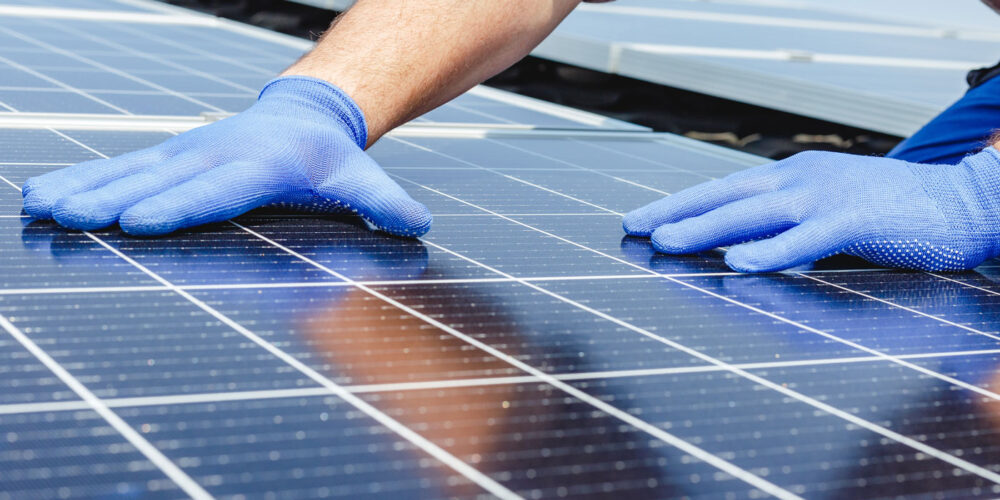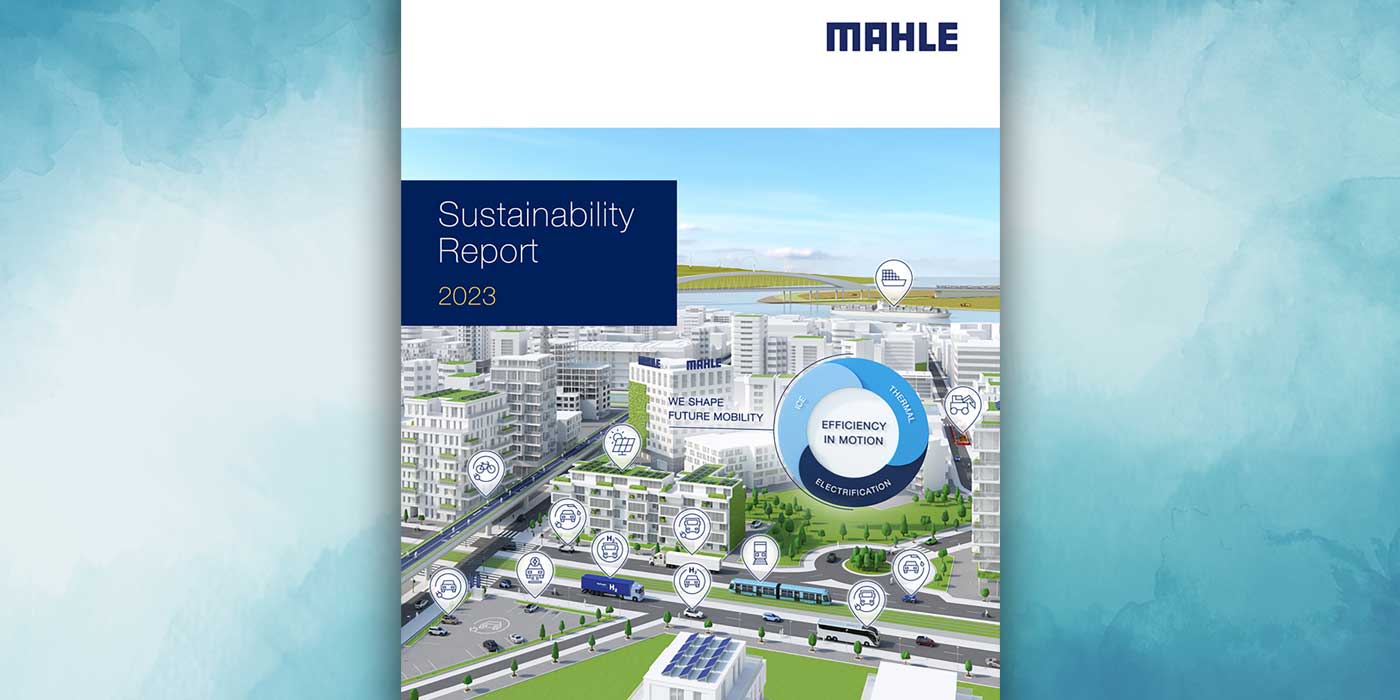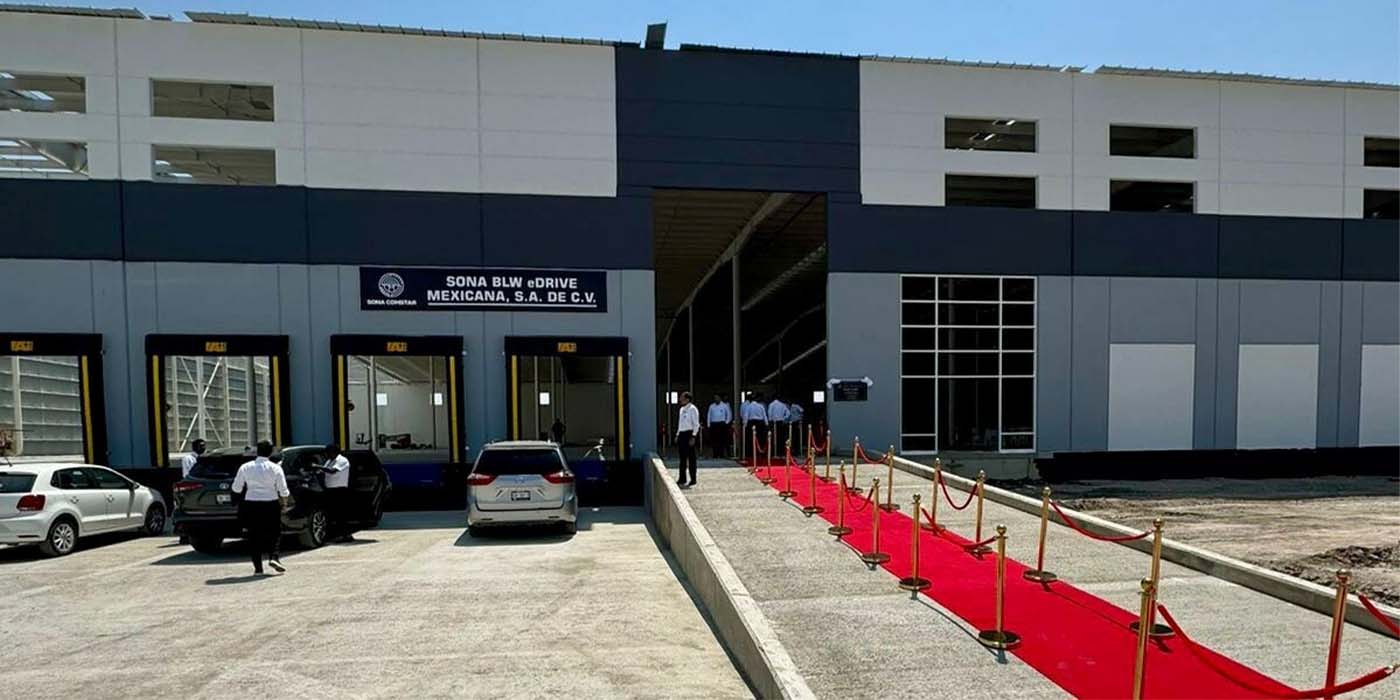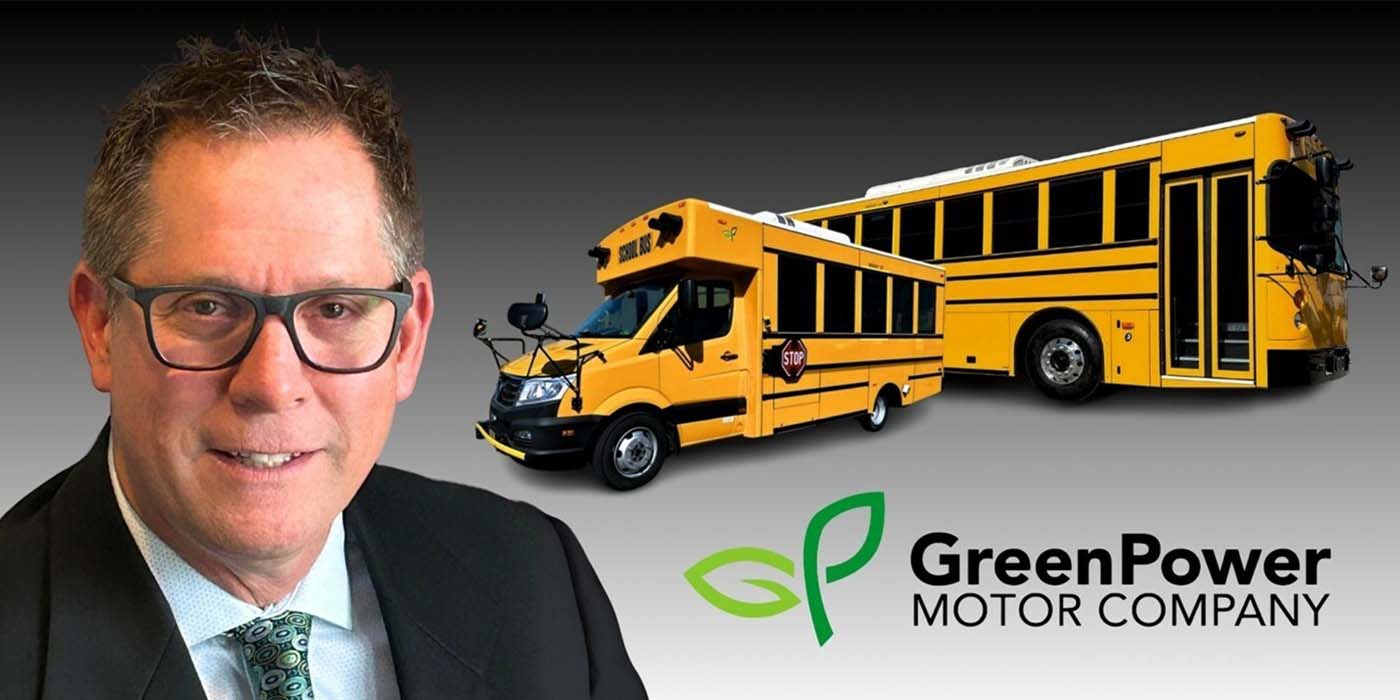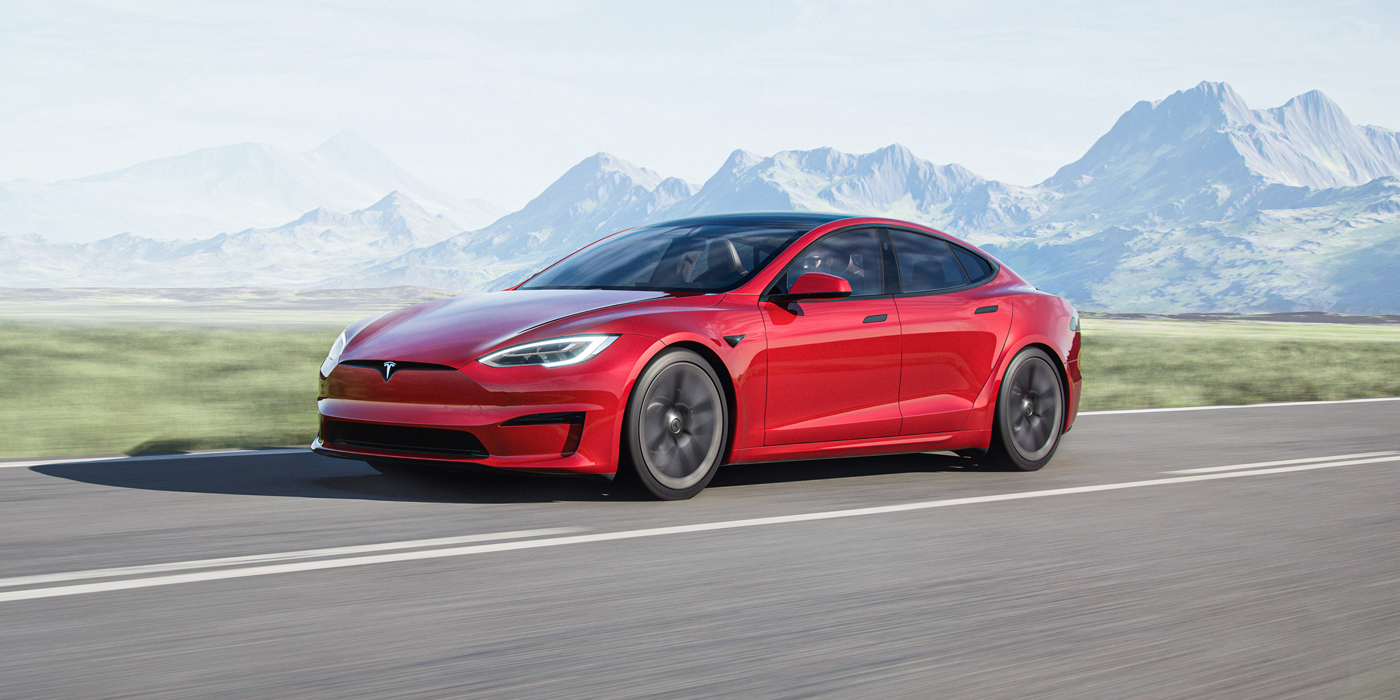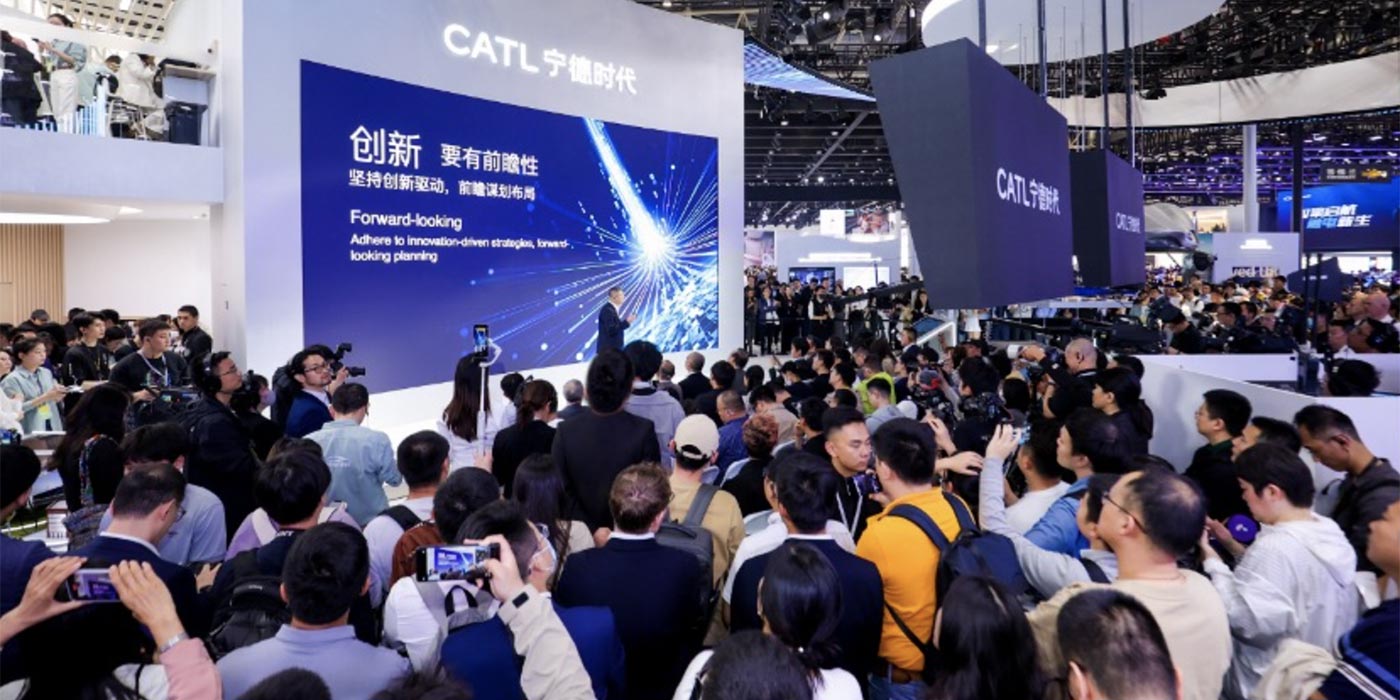The sustainability, design and recovery of electric vehicle (EV) batteries are set to be overhauled thanks to the approval of the EU’s new regulations governing the battery market. In June 2023, parliament approved new rules that set out battery requirements, including a ‘Battery Passport’ and recovery of certain materials. In recent years, the EV market has been trending toward greater system integration, with technologies like cell-to-body and cell-to-chassis designs that can be harder to dismantle and/or remove from vehicles. Will this change with the adoption of these new regulations?
The new EU regulations cover the entire lifecycle of a battery, from the mined materials through to their recycling at the end of life. To lessen the impact of initial manufacturing, there are requirements for more recycled content in the batteries, but also targets for how much lithium (50% by 2027, 80% by 2031) and cobalt, copper, lead, and nickel (90% by 2027 and 95% by 2031) must be recovered from waste batteries. IDTechEx’s Li-ion Battery Recycling Market research has found that 23.8 million tonnes of Li-ion batteries will be recycled in 2043. Making the battery easy to remove from the vehicle and dismantle into parts could help recyclers in the long term.
Cell-to-pack batteries are designed such that a battery pack is no longer segmented into several modules. Instead, all of the cells are stacked directly together to reduce unnecessary materials and weight, improve energy density, simplify manufacturing, and reduce costs. According to IDTechEx research, the average cell-to-pack battery exhibits a 20% increase in its gravimetric cell-to-pack ratio (how much of the pack’s weight is taken up by the cells).
Critically for battery designers, the EU regulations do not state anything about the internal structure of the battery pack (module structure, cell separators, adhesives, etc.). One method of recycling is to crush/grind the battery. This is then sieved to separate larger from smaller particles, with the latter containing the valuable electrode materials. The black mass is then further processed using hydrometallurgy to recover the lithium, cobalt, nickel, etc., in the form of battery-grade metal salts.
In addition to recycling, there is also the opportunity for EV batteries to be used in second-life applications, for example, as stationary energy storage. IDTechEx’s report on second-life EV batteries has found that its market will reach $7 billion by 2033.
IDTechEx said it has investigated the impact of cell-to-pack/cell-to-chassis on various materials used in the battery, including fire protection materials and thermal interface materials. IDTechEx’s report, “Materials for Electric Vehicle Battery Cells and Packs 2023-2033,” covers the deployed and announced cell-to-pack and cell-to-body designs, along with how this will impact the intensity of various materials and components, including steel, aluminum, copper, composites, thermal interface materials, fire protection materials, electrical insulation, cold plates and coolant hoses. The report also discusses the materials used with the cells, such as lithium, cobalt, nickel, manganese, electrolyte, iron, phosphorous, binders, casings, carbon black, silicon, and separators. These materials are discussed with demand forecasts from 2023-2033.

